Our Mews Heritage
Tucked away in the heart of the city, 5 Hatton Place is our charming mews house nestled within London’s renowned jewellery district. With its cobbled street and quiet elegance, Hatton Place offers a peaceful escape laced with history and character, just moments from the bustle of Hatton garden.
From Stable Yard to Creative Quarter
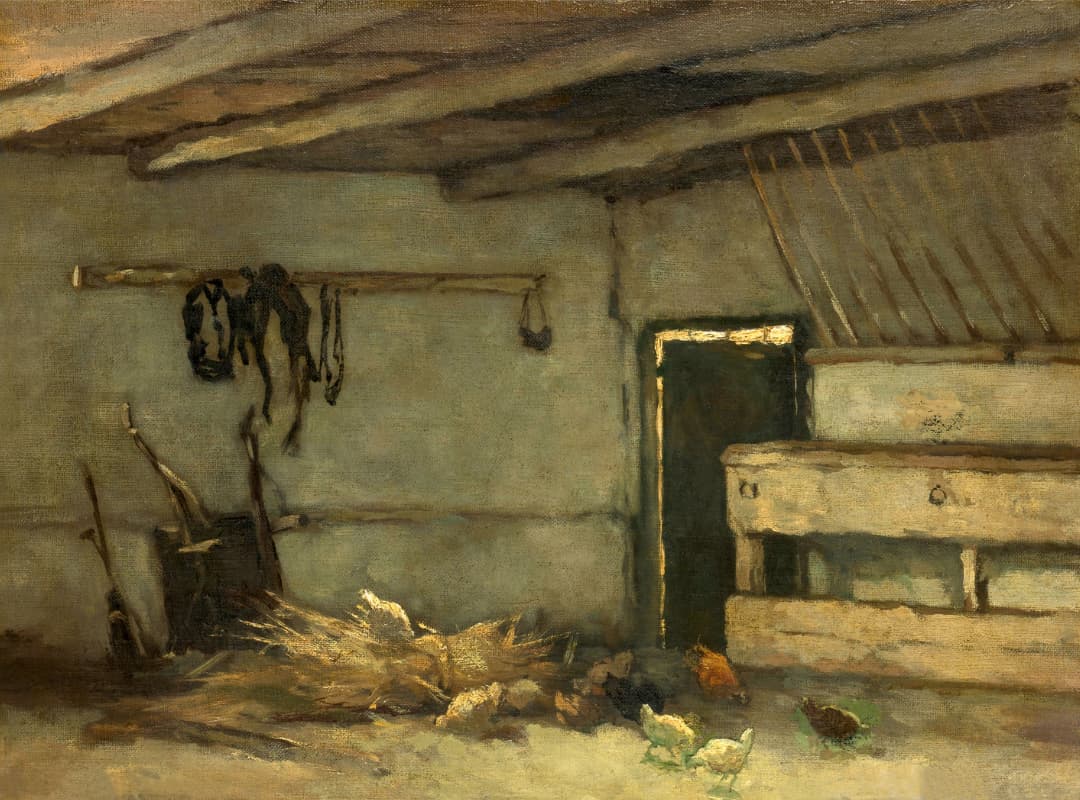
A Stable Beginning
Hatton Place is one of the few surviving historic yards situated behind the main thoroughfares of Hatton Garden, a unique remnant of the seventeenth century street pattern that once defined the area.
Originally designed to house horse stables and coach houses for the wealthy residents of Hatton Garden, the mews reflects the practical elegance of early modern England.
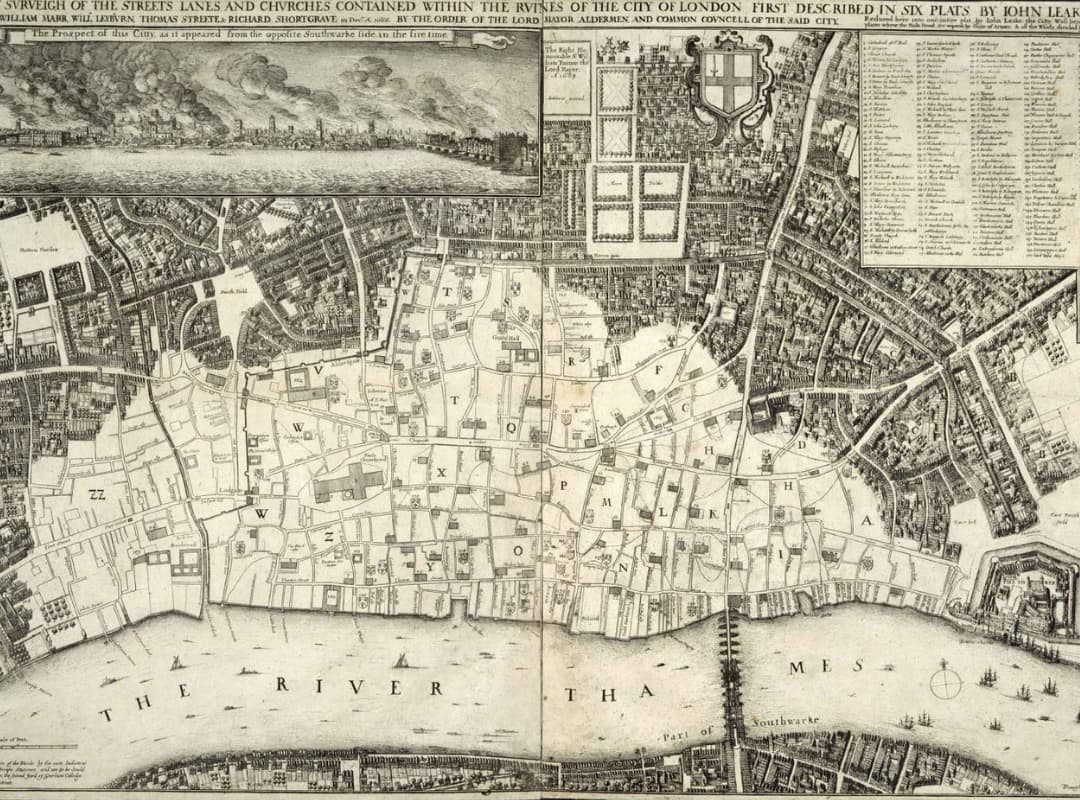
Industrial Transformation
As London expanded throughout the eighteenth and nineteenth centuries, the function of Hatton Place shifted. The rise of industry saw these service yards repurposed for manufacturing and trades.
By 1871, Hatton Place had developed such a concentration of tanneries, glue works and similar trades that it earned the unfortunate reputation of being “one of London’s smelliest streets.”
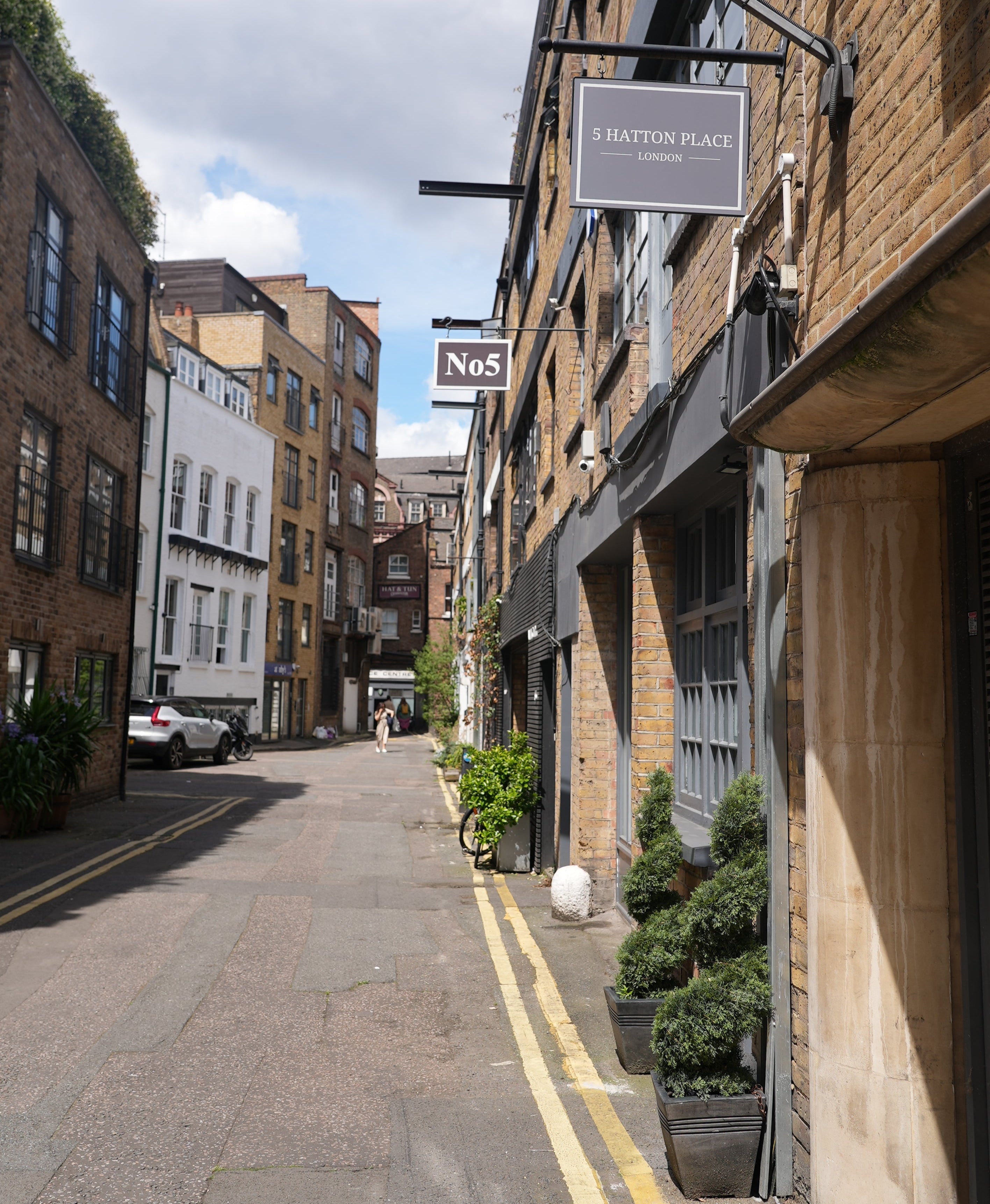
Creative Renewal
Far from the foul odours of the industrial revolution, today Hatton Place is a picturesque mews, retaining its historic charm whilst embracing the creativity of urban regeneration.
Former stables and workshops have been transformed into characterful homes and independent businesses like Hatton jewels.
We are proud to have called number five our home for over 25 years.
The Origins of Hatton Garden
Timeline of Hatton Garden
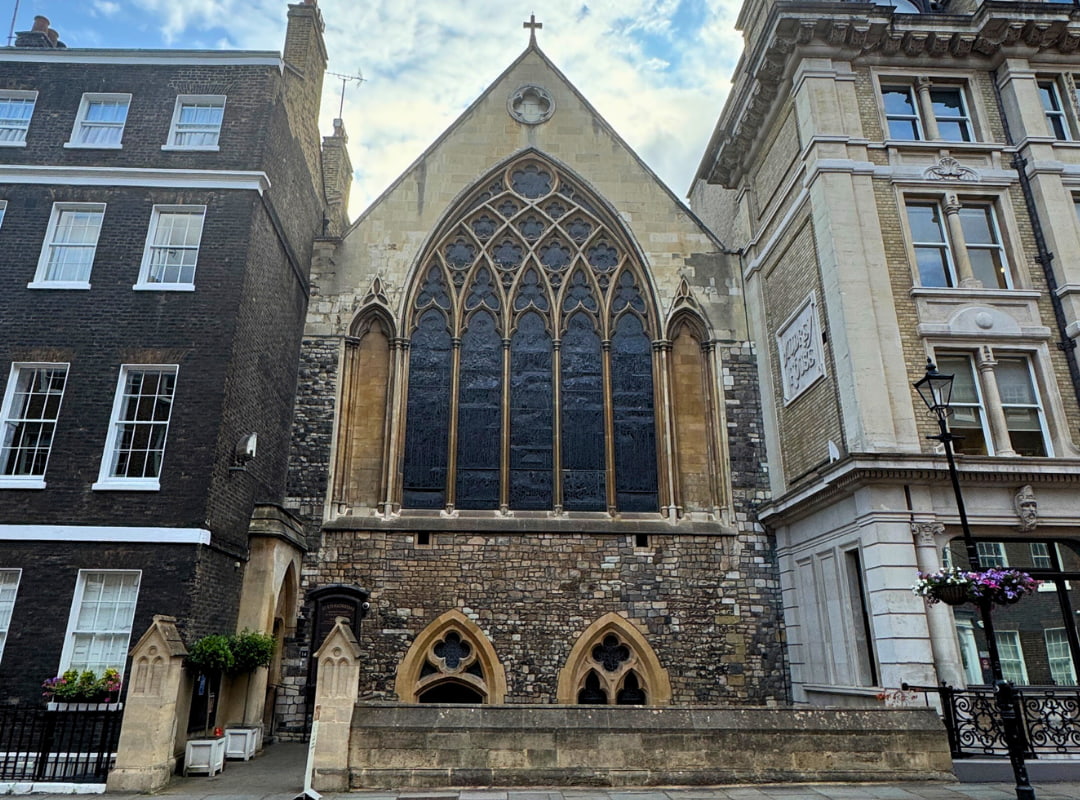
The Bishop’s Palace
Long before it became the world renowned jewellery hub we know today, Hatton Garden was the site of the Bishop of Ely palace, dating back to the 12th and 13th centuries.
All that survives of the palace today is St Etheldreda's Church, one of the oldest churches in England and one of only two buildings in London dating to the reign of Edward I.

Elizabethan Legacy
Following the dissolution of the monasteries during the reformation, Sir Christopher Hatton - a favourite of Queen Elizabeth I - claimed the land, establishing a mansion on the site and acquiring the surrounding gardens and orchards of Ely Place. The land remained in possession of the Hatton family, and by the 1600s, it had been developed into a desirable residential area.
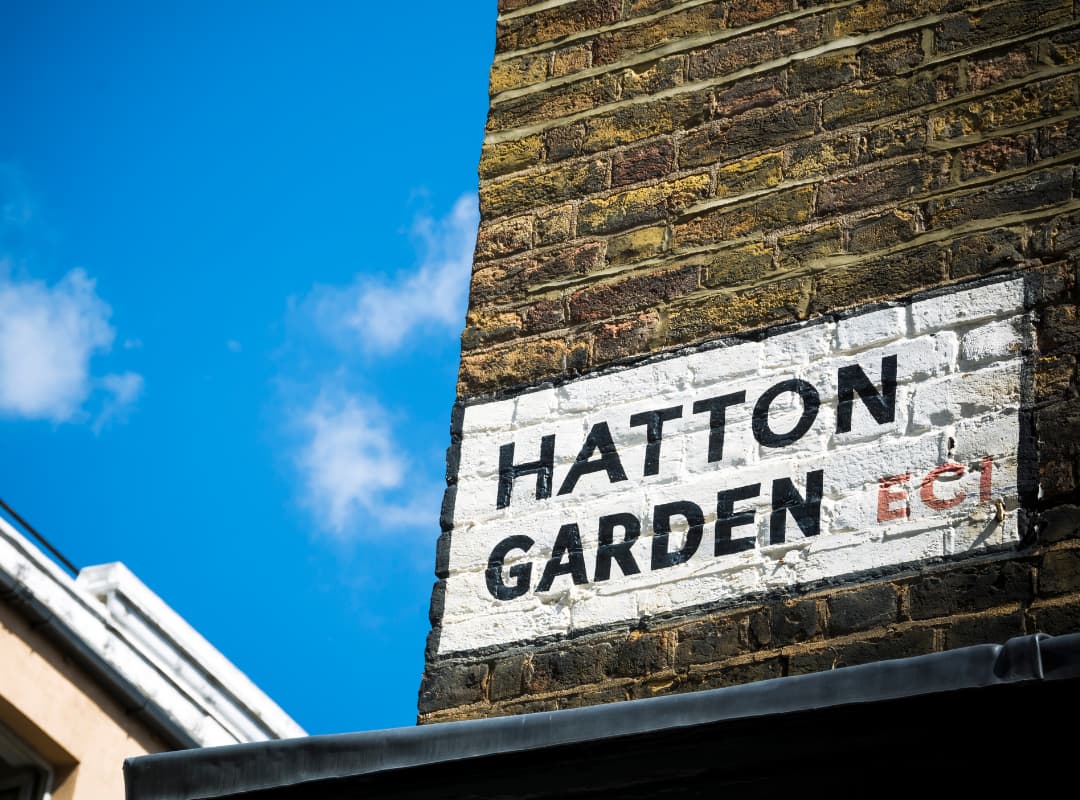
19th Century
By the early 19th century, Hatton Garden began gaining recognition within the jewellery trade. As the Hatton family began to sell off parts of their estate, wealthy merchants and skilled craftsmen moved in.
By 1822, two of the first jewellery businesses had been established; a jewellers and a gold refiner at number 11 and 79 Hatton Garden.
Though these original buildings no longer remain, the establishment of these businesses played a pivotal role in transforming the area into a hub for high quality jewellery, a reputation that continues today.
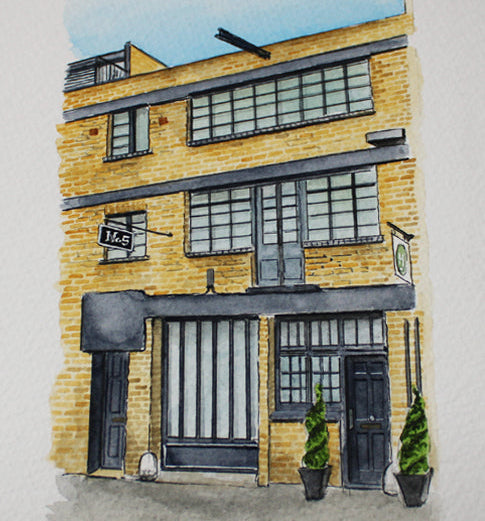
Hatton Place
Thanks to its long and rich history, attracting a wealth of skilled craftsmen and jewellery experts, the Hatton Garden area is now one of the world's top destinations for buying and selling jewellery.
Housing hundreds of unique and highly skilled businesses dating back more than 200 years.
Nestled quietly at its heart, 5 Hatton Place reflects this story of heritage, adaptation, and creativity.
Hatton Garden Today
Hatton Garden stands as one of the world’s top destinations for jewellery design, manufacture, and trade, celebrated for its rich heritage and expert craftsmanship.

